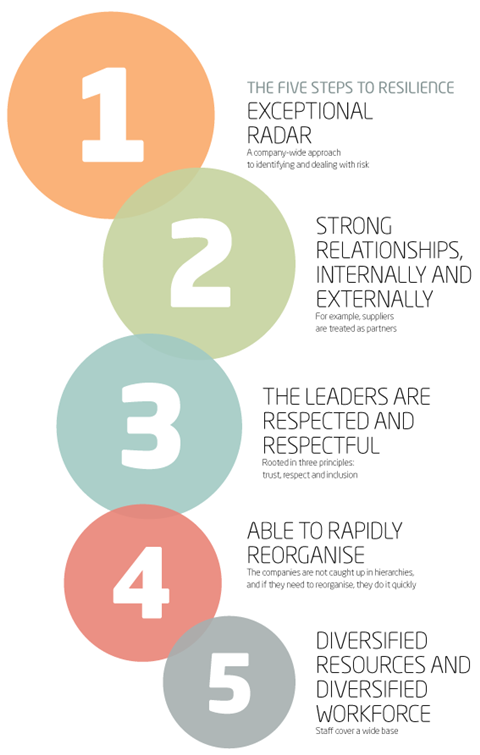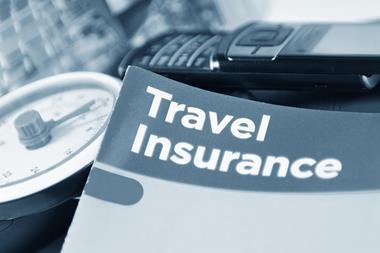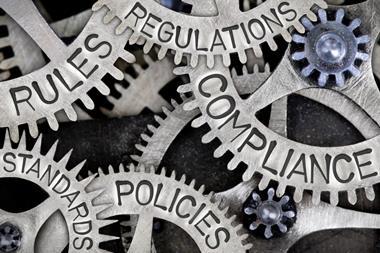Stephen Carver, author of Roads to Resilience, talks to StrategicRISK about its key findings ahead of his presentation today

Today, Stephen Carver, lecturer in project and programme management at Cranfield School of Management, will unveil some of the key findings of his current research project, Roads to Resilience.
Due for launch in autumn, the follow-up to the acclaimed Roads to Ruin report looks at some of the world’s most successful businesses to identify the attributes that make these companies resilient to major risks facing businesses today, including reputational risk in particular.
Carver and his team based their findings on eight companies that appear to have avoided lasting damage to their reputation. These include: American International Group; Drax power station; InterContinental Hotels Group; Jaguar Land Rover; the Olympic Delivery Authority; the Technology Partnership; Virgin Atlantic; and Zurich.
What they found were five attributes that made these companies resilient, and ahead of his presentation today, Carver spoke to StrategicRISK about the report’s findings.
What does your research tell us about resilient companies?
These companies have moved away from having a separate risk function in an ivory tower towards a fully integrated risk capability where the risk professionals partner with senior management to place risk at the heart of both operations and strategy. What we found was that everybody, from the chief executive right down to the cleaning lady, was a part of the radar system.
How does this ‘exceptional radar’ work in practice?
While these companies retained senior risk professionals, they were tasked with pushing risk responsibility out into the wider organisation and made the entire organisation the radar. If staff found a threat, then they would report it to their managers. The speed with which they dealt with a potential risk was incredible. Staff themselves felt empowered to respond - they didn’t have to pass it through a chain of commands.
But how do you forge this culture?
It comes from visible leadership. This is when the board spends less time sitting in meetings or in front of computers looking at statistical analysis, and more time on their feet, wearing out shoe leather and talking to their employees.
At Jaguar Land Rover, senior executives spend half their time walking the shop floor, instead of in front of their computers. There has to be strong trust and people have to respect the people leading them.
Sounds like a lot of companies will have to change their working culture.
That’s the biggest challenge, not only for the companies but for risk managers, too. We want to control everything and therefore we end up centralising the risk management function. The next step for the risk manager is to decentralise the risk management function and start to embed it into the DNA of an organisation.
What are the stumbling blocks to resilience?
Most people think it’s all about armour and defence. I call them tortoise companies - they have so much armour on that they can only move really, really slowly. And if someone attacks them, they hide inside their shell and possibly survive the onslaught. But afterwards they won’t be able move fast.
Many of the companies we saw in Roads to Ruin believed that they needed to be the fittest and the toughest. As Charles Darwin said, it’s not the survival of the fittest, its the survival of those who are best able to adapt rapidly. And that’s what resilient companies do.




















No comments yet